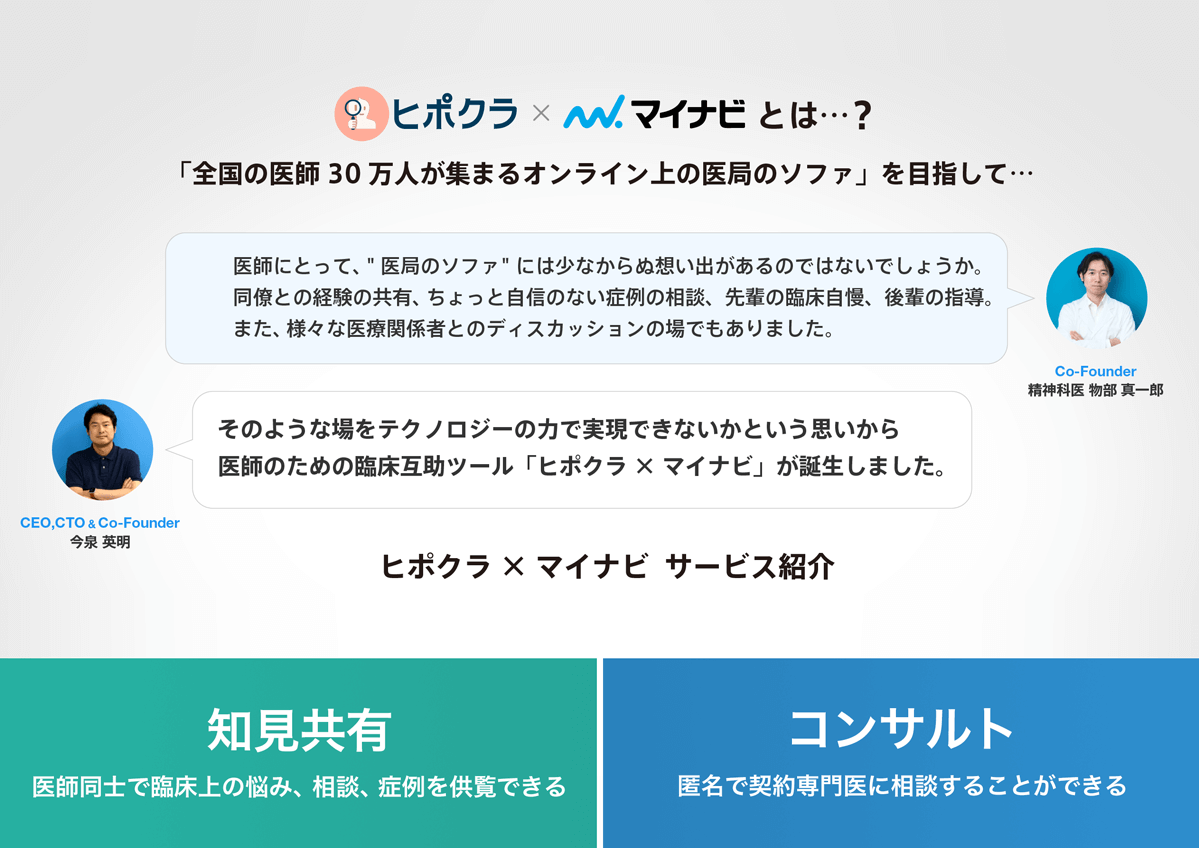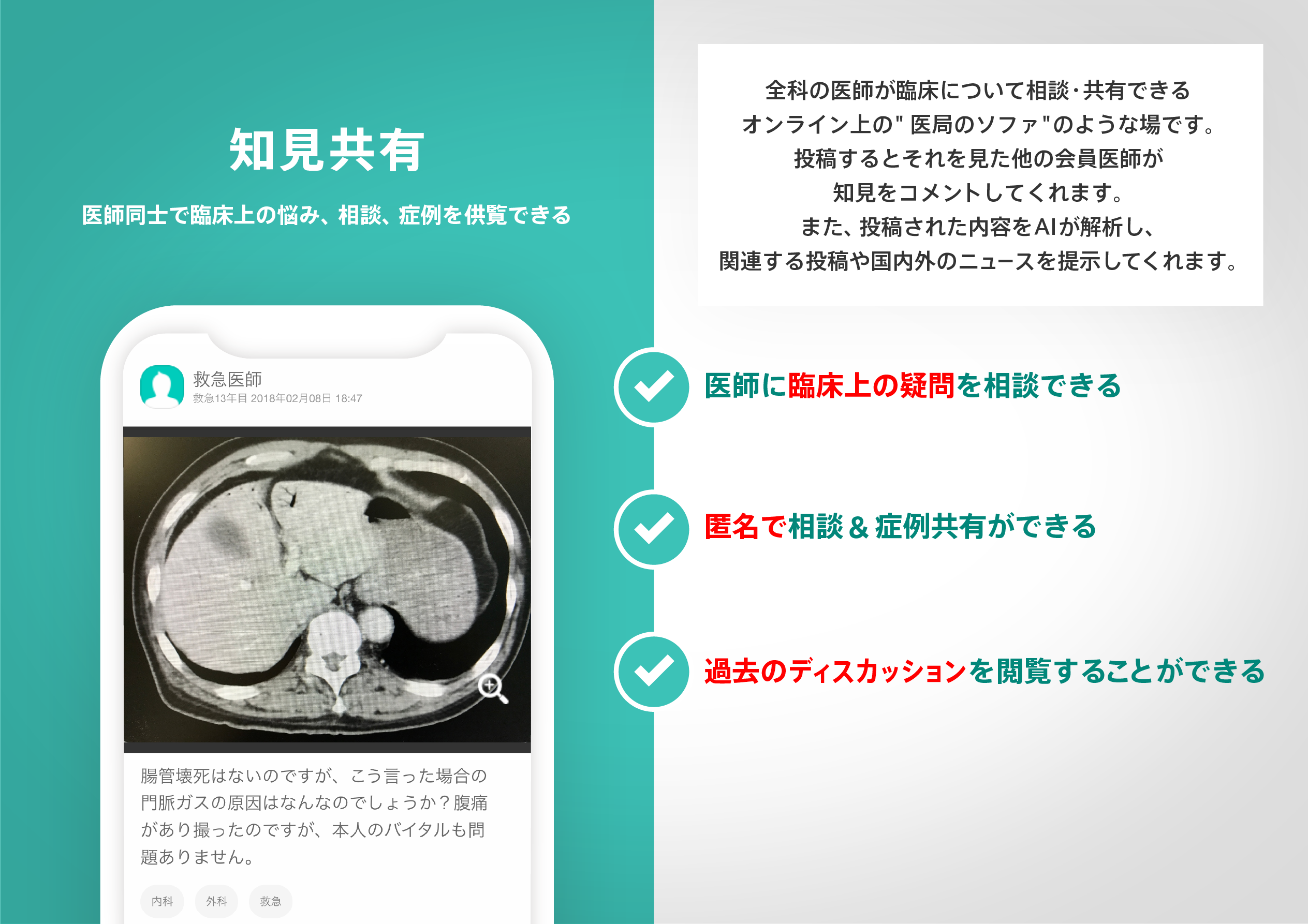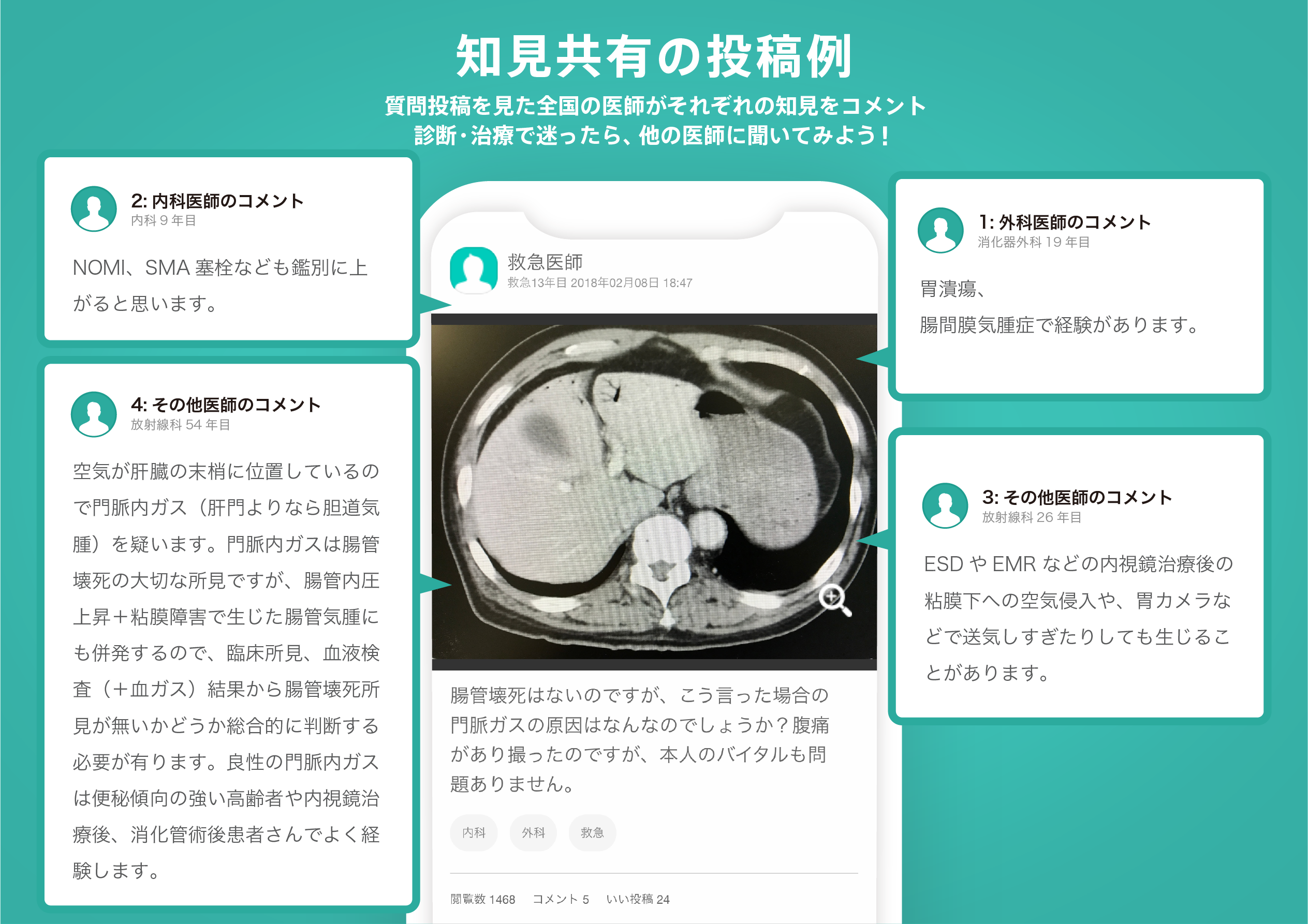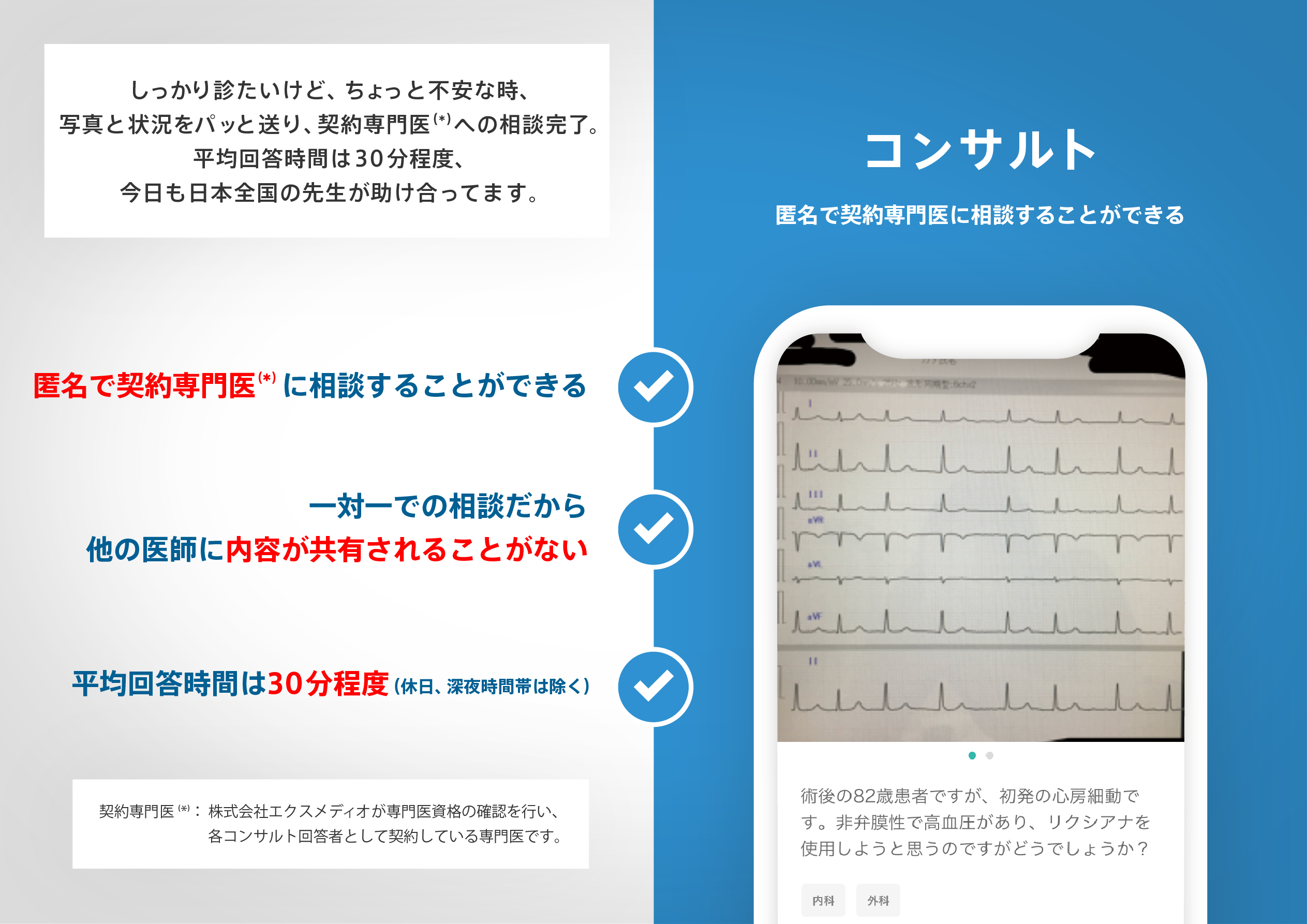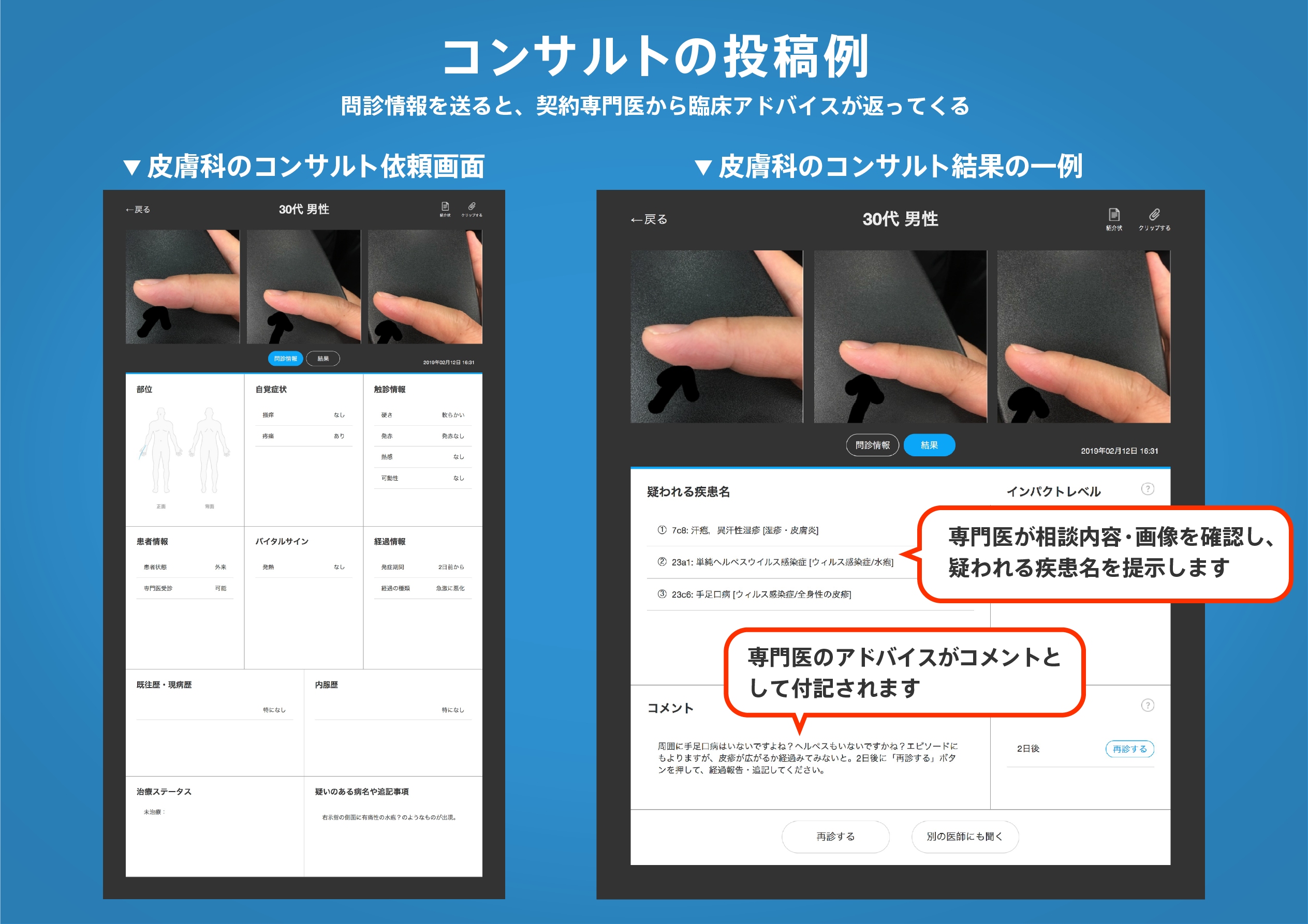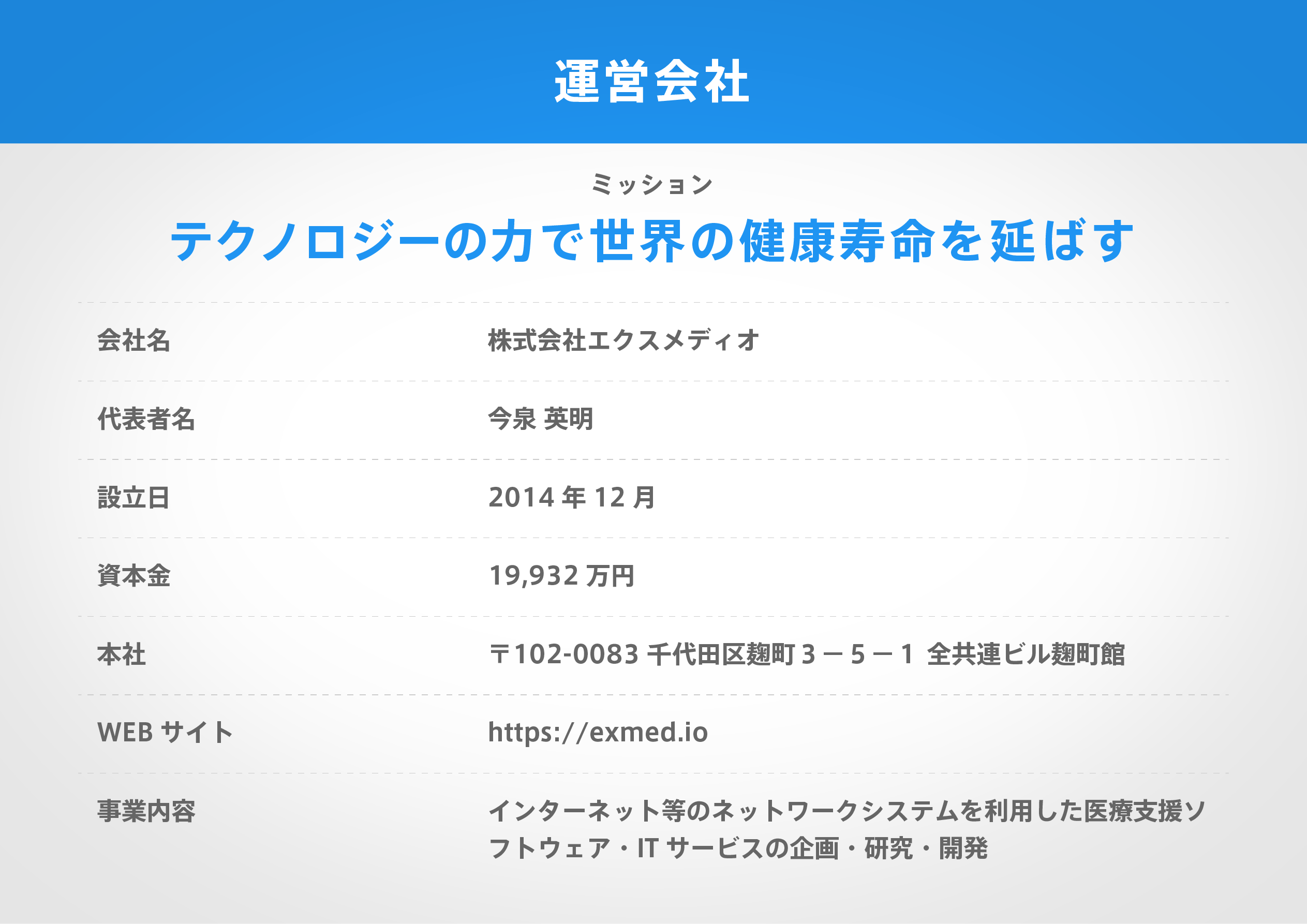著名医師による解説が無料で読めます
すると翻訳の精度が向上します
ベインブリッジ反射は、心臓のプリロードの増加に続いて心拍数の増加をもたらす代償性反射です。科学者アーサー・ベインブリッジirは、血液または生理食塩水の投与後の静脈圧、脈拍数、および動脈圧のモニタリングで、無意識の麻酔犬のこの反射を最初に示しました。反射は、今日の心生理学の基本原則である「心房反射」としてより広く知られています。この章では、機能、メカニズム、臨床的意義を含むベインブリッジ反射の生理学について詳しく説明します。
ベインブリッジ反射は、心臓のプリロードの増加に続いて心拍数の増加をもたらす代償性反射です。科学者アーサー・ベインブリッジirは、血液または生理食塩水の投与後の静脈圧、脈拍数、および動脈圧のモニタリングで、無意識の麻酔犬のこの反射を最初に示しました。反射は、今日の心生理学の基本原則である「心房反射」としてより広く知られています。この章では、機能、メカニズム、臨床的意義を含むベインブリッジ反射の生理学について詳しく説明します。
The Bainbridge reflex is a compensatory reflex resulting in an increase in heart rate following an increase in cardiac preload. Scientist Sir Arthur Bainbridge first demonstrated this reflex in unconscious anesthetized dogs with the monitoring of venous pressure, pulse rate, and arterial pressure following administration of blood or saline. The reflex has become more widely known as the "atrial reflex," a fundamental principle in the cardiac physiology today. This chapter will discuss, in detail, the physiology of the Bainbridge reflex including the function, the mechanism, and the clinical significance.
医師のための臨床サポートサービス
ヒポクラ x マイナビのご紹介
無料会員登録していただくと、さらに便利で効率的な検索が可能になります。

